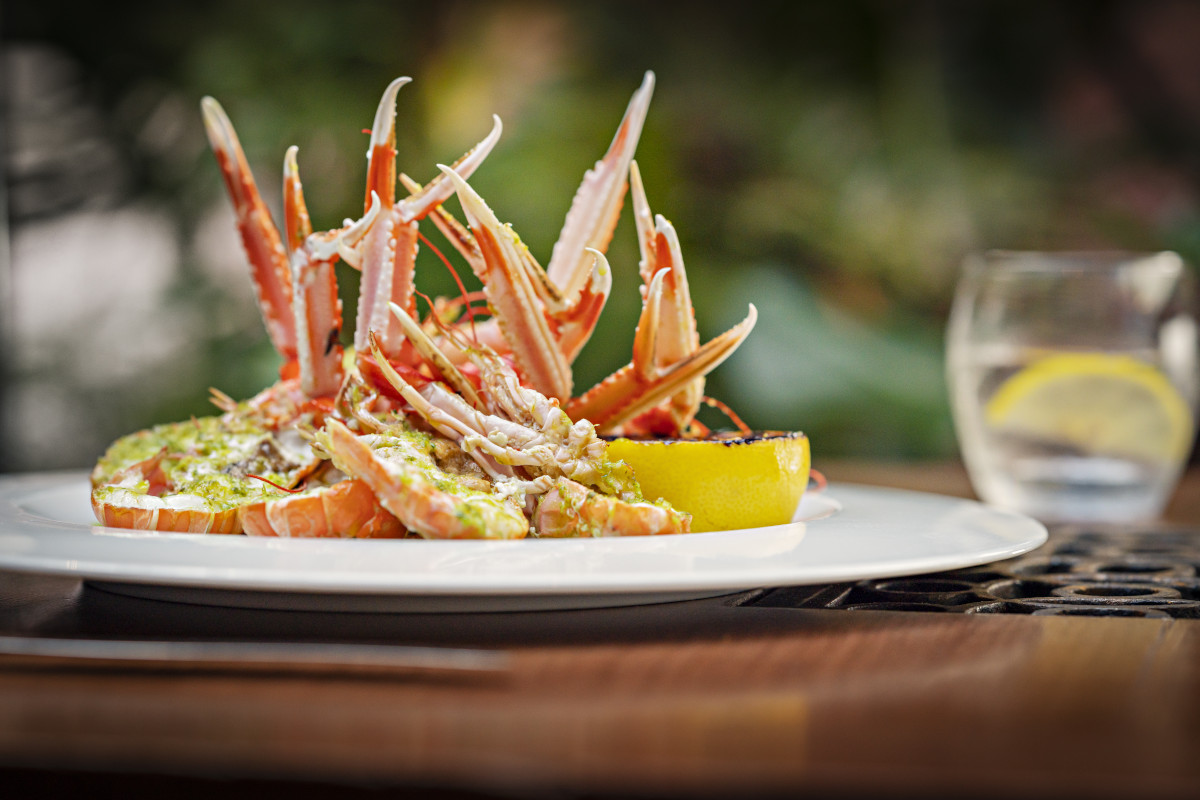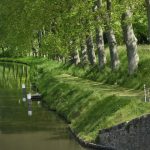This post on the culinary delights of Edinburgh is a chance to dream of wonderful Scottish produce (think highland beef, Scottish salmon, raspberries), to unravel some mysteries (What are rumbledethumps? Or clootie dumplings?), to discover what’s in Scotch broth and what Burns wrote in his ‘Address to a Haggis’. Oh, and to reminisce about a proper Edinburgh afternoon tea in the 1920s. We may even mention the deep-fried Mars bar.
haggis and porridge
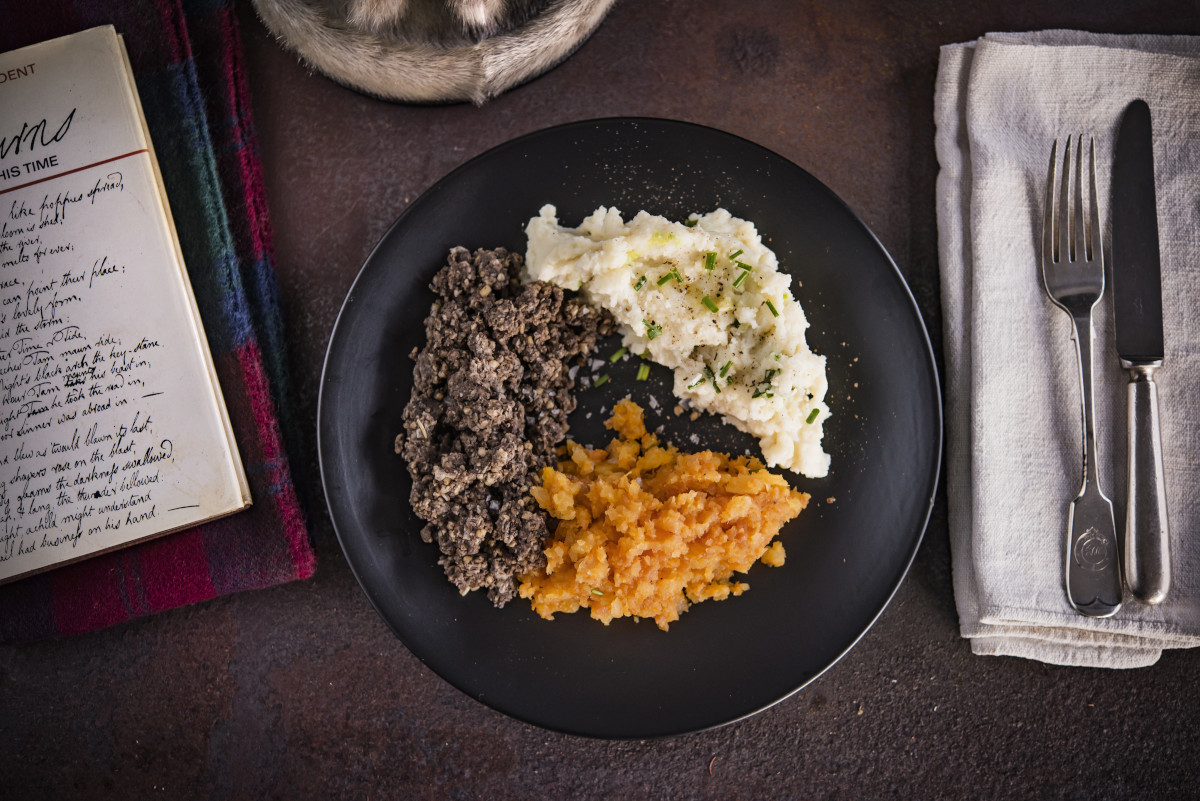

Many non-Scots don’t know what’s in a haggis, or even that it’s not, to quote the Scotsman website, ‘a living, breathing animal’. A combination of meats which might otherwise go to waste – minced sheep heart, liver and lung – is mixed with onion, oatmeal, suet and seasoning, then boiled before being served with ‘neeps and tatties’, (mashed turnip and potato) plus – perhaps – a splash of creamy whisky sauce. At a Burns Night Feast it will be carried aloft in to the gathering on a silver platter, to the accompaniment of bagpipe music and before it’s eaten, all 8 verses of ‘Address to a Haggis will be read out. ‘Old Scotland wants no watery stuff’, wrote the poet, ‘Give her a haggis!’
Oats, according to Samuel Johnson, are ‘a grain which in England is generally given to horses, but in Scotland support the people’. Alexander Somerville described the residents of a 19th century bothy (poor man’s house) starting their day with ‘oatmeal porridge of small measure and strength’, perhaps with ‘sour dook’, a kind of buttermilk peculiar to Edinburgh. Today, there are many ways to eat porridge. It can be made with either milk or water and some like it sweet, topped with sugar, honey, fruit, or maybe a little cream or a splash of whisky. Some traditionalists prefer to add salt and eat it as a savoury dish.
savoury delights
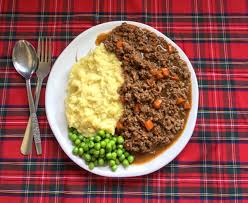
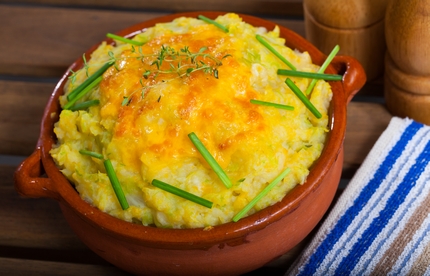
Grouse, which Boswell called ‘the king of feathered game’ is in season from mid-August to the end of December. ‘Mince and tatties’ is an everyday classic which is regularly voted the nation’s favourite dish. ‘Stovies’ are a one-pot dish often made from leftovers, basically potatoes stewed with onions. The more expensive version, ‘high heelers’ will include plenty of meat, while ‘barfit stovies’ are just the vegetables cooked in dripping. Rumbledethumps are made by mixing mashed potato and cabbage cooked in butter, then topping with grated cheese before baking in the oven. Scotch pies are savoury pies and many households use a family recipe which they keep secret!
Scotch broth, a hearty soup made from lamb, pearl barley and assorted vegetables, was traditionally served on New Year’s Day. When Boswell served it to Johnson, the latter ate several platefuls and, when asked if he’d had it before, replied ‘No Sir, but I don’t care how soon I eat it again.’ Cock-a-leekie, traditionally made with a rooster and leeks, dates back to the 16th century when it was usually served as two separate courses, first the broth and then the meat. It was on the first-class menu at the last meal eaten on the Titanic.
fish and cheese
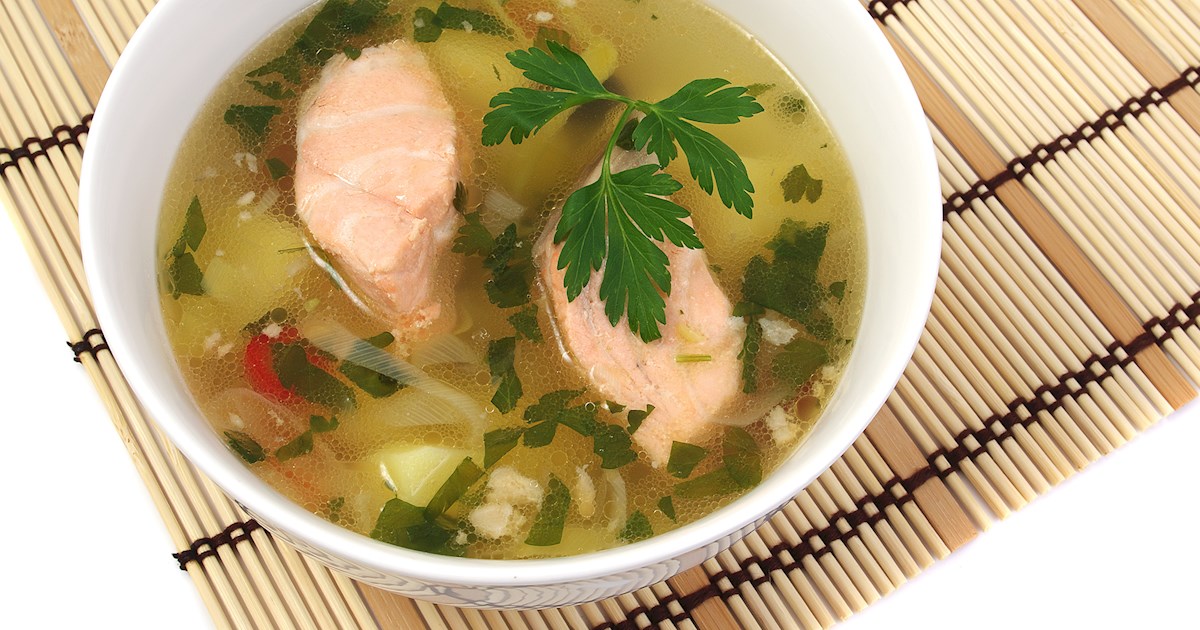
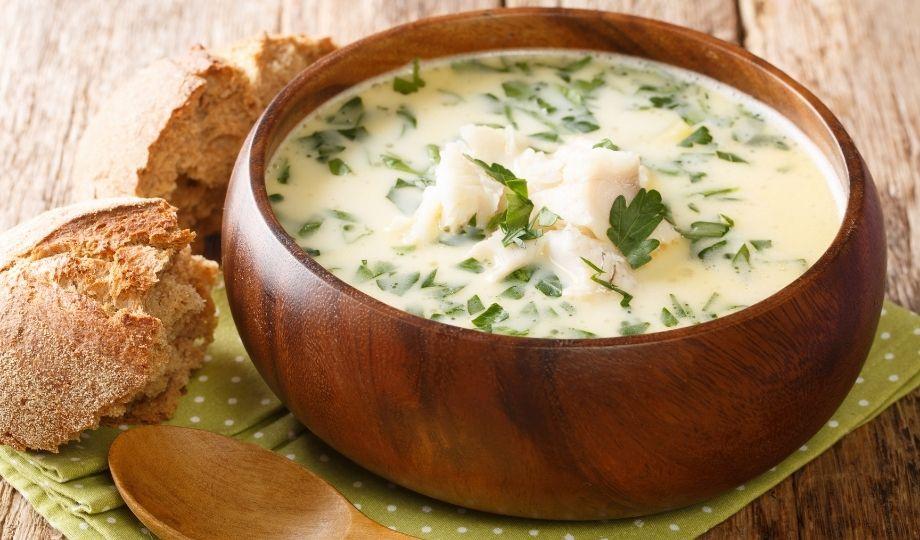
Scottish salmon has a worldwide reputation for excellence. It’s sometimes served as ‘Tweed Kettle’, poached in a herb and onion broth, perhaps with potatoes or mushrooms. It’s named after the River Tweed, a great salmon river, and the fish kettle in which it was poached. Cullen Skink is a soup made with smoked haddock, potatoes and leeks and Partan Bree is a crab broth which includes rice and cream. Other popular fish recipes are Arbroath Smokies, made from salted haddock, and lobster, usually served slathered in melted butter. Traditional fish suppers bought in Edinburgh often come with ‘salt and sauce’, ie brown sauce, whereas elsewhere in Scotland adding salt and vinegar is more usual.
Scotland’s oldest cheese is Caboc, a rich cream cheese dating from the 15th century, often rolled into log shapes and covered with toasted oatmeal. Other varieties include Cheddar, Ayrshire Dunlop, which is similar, but slightly softer, along with Anster – a blue creamy cheese – and Orkney Smoked Cheddar. Crowdie, a crumbly cheese, is made from curdled milk and may have herbs, oatmeal or black peppercorns added. A Scottish cheeseboard will often include oatcakes and chutney.
sweet treats
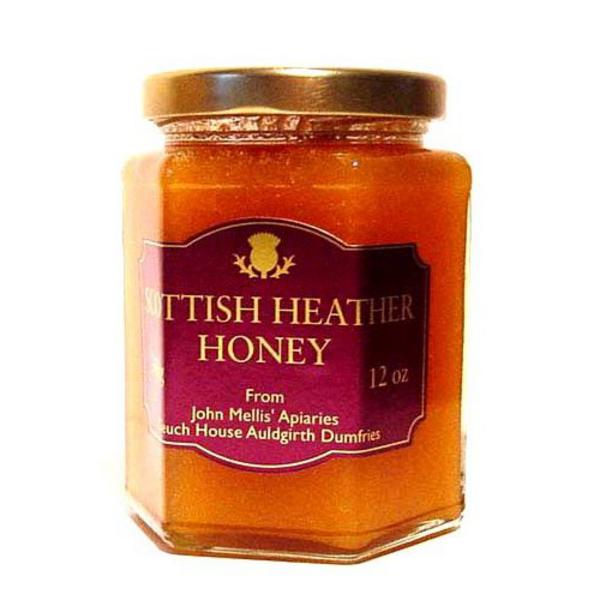
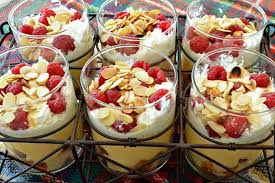
Many Scots have a sweet tooth! Heather Honey comes from bees who feed on fragrant heather flowers on the Scottish moorlands. The ‘king of desserts’ is Cranachan, a mixture of toasted oatmeal, pureed raspberries, cream and honey. Other puddings include Tipsy Laird, a Scottish form of trifle which includes raspberries and whisky, and Clootie Dumplings, a sort of fruit scone mixture cooked by being boiled in a ‘clootie’, which means a cloth. Originally made for birthdays or the ‘Daft Days’ of the winter solstice period, they may contain a surprise trinket which foretells the future – a coin for impending wealth perhaps, or a horseshoe for good luck.
Ludovic Kennedy described afternoon tea at his Granny’s in 1920s Edinburgh: ‘What a tea! Two silver teapots, one for China and one for Indian tea, and a silver kettle resting on a flame form a spirit lamp; toast and a honeycomb of heather honey, treacle scones, drop scones, ordinary scones, oatcakes, shortbread, gingerbread and butter – long pats for the salted butter, round for the unsalted – or was it the other way round?’
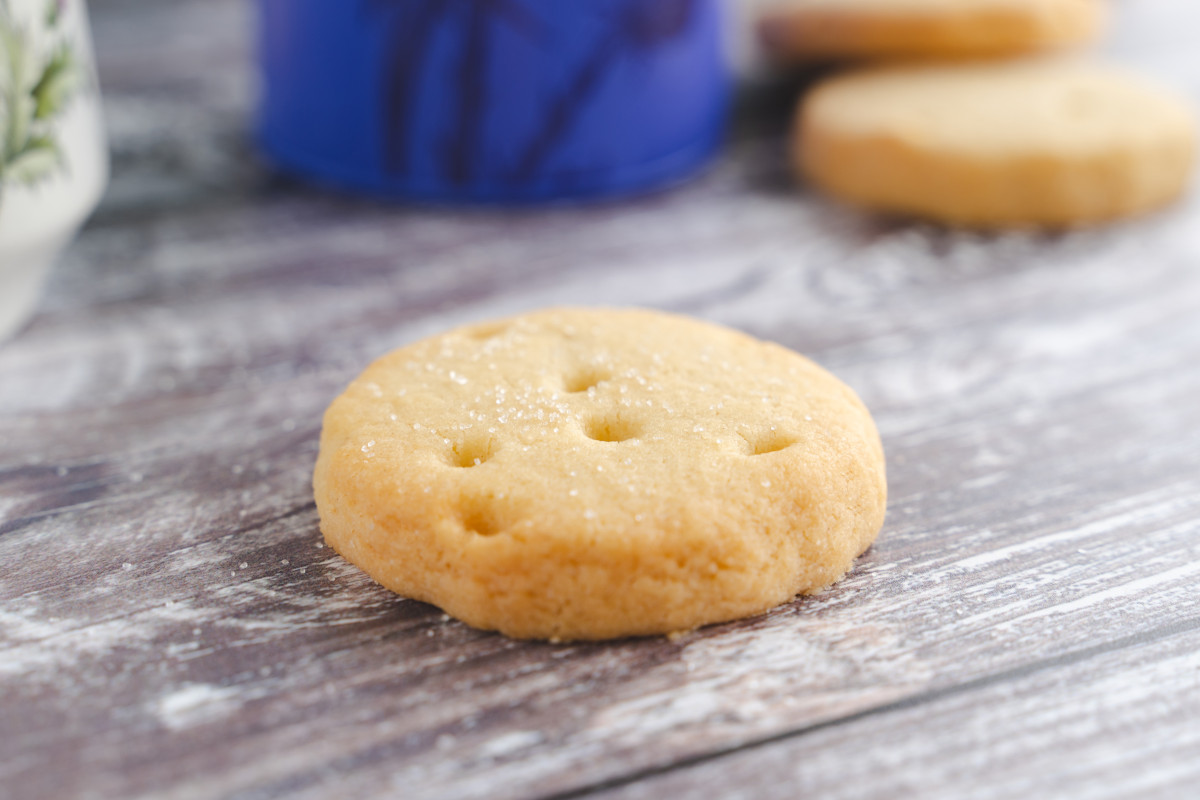
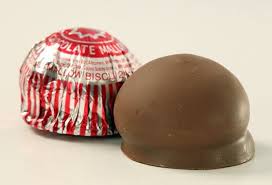
Shortbread is made from just 3 ingredients – flour, sugar and butter – and was originally a treat for Christmas or Hogmanay. In the 16th century, the pieces were cut to look like pieces of petticoat, a reference to Mary Queen of Scots who was said to love shortbread! The Black Bun is a festive pastry-wrapped fruitcake and Ecclefechan butter tarts are filled with nuts, dried fruit and sugar. Parlies – short for parliament cakes – are small shortbread biscuits flavoured with ginger and treacle and Tunnocks Tea Cakes – a meringue dome on a shortbread biscuit, all covered in chocolate and then wrapped in red and silver foil – are sold all over Scotland.
The first, infamous, deep-fried Mars bar was ‘invented’ in the 1990s when the owner of Carron fish bar in Stonehaven tried frying the bars in the oil for his fish and chips and the result proved surprisingly popular: a new tradition had begun. Other not-too-good-for-you treats are tablet, the Scottish version of fudge and Edinburgh Rock, a crumbly sweet sold in pastel-coloured sticks. ‘Soor Plums’, a kids’ favourite, are small green hard-boiled sweets with a sharp lemon or lime flavour.


Monks distilled whisky in Scotland as early as the 15th century, then after the dissolution of the monasteries people continued making it at home. In 1820 a Kilmarnock grocer, one John Walker, created a blend which sold so well at home and abroad that, as it says on the Johnnie Walker website, ‘the names of small towns in Scotland are carried round the world mainly due to the Scotch Whisky distilleries they house’. Examples include Dufftown – the ‘Malt Whisky Capital of the World’ – Ballater and the Black Isle. There is more on the podcast about the production process, which can be summed up as malting, drying, fermentation, distilling and maturing.
At Johnnie Walker in Princes Street, Edinburgh you can shop for many different blends and drink cocktails in a rooftop bar with a stunning view of the city. Drinks on offer include Whisky Highballs, which is whisky mixed with sparkling water and flavoured with lemon and mint. Then there’s the Hot Toddy, a warmed-up mix of whisky, water, honey, lemon and herbs which is said to beat the winter cold and cure illnesses. Again, there’s more on the podcast.
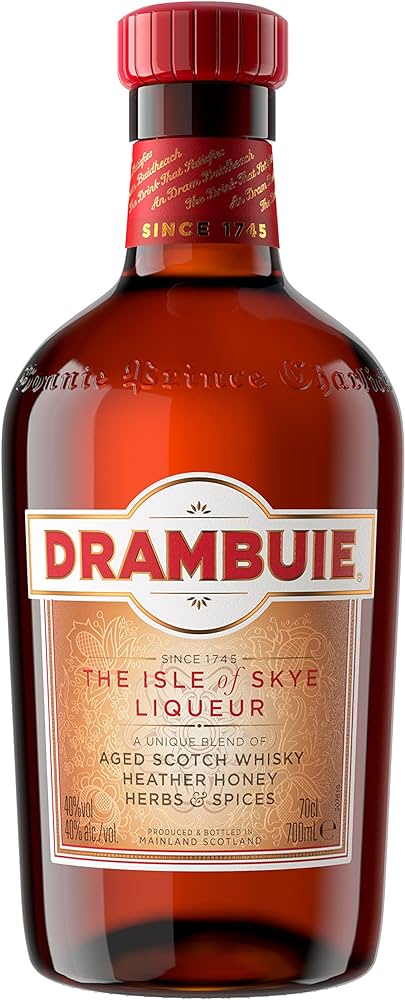

We must mention two more high profile Scottish drinks for which the recipes are kept strictly secret. One is the whisky-based liqueur, Drambuie, which has a connection to Bonnie Prince Charlie himself and the other is Irn Bru, known as ‘Scotland’s other national drink’ which is bright orange in colour and has no fewer than 32 secret ingredients. Its taste has been variously compared to bubble gum, rust, cough mixture and salty banana ….. but it’s said to sell better than Coca Cola in Scotland!
Listen to the POdcast
Reading suggestions
A Life in Mouthfuls: Scottish food and Drink Stories by H L Welsh|
Kith: Scottish Seasonal Food for Family and Friends by Sarah Rankin
The Scottish Food Bible by Claire Macdonald and Bob Dewar
Johnson and Boswell in Scotland
links for this post
Links for this post
Johnnie Walker in Edinburgh (Shopping, Tastings, other events)
Previous episode Art and Artists
Next episode Edinburgh in Poetry and Prose
Last Updated on November 21, 2024 by Marian Jones

